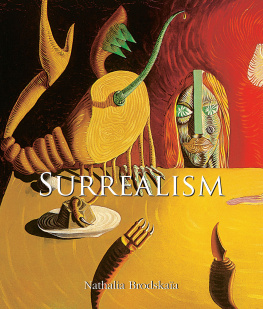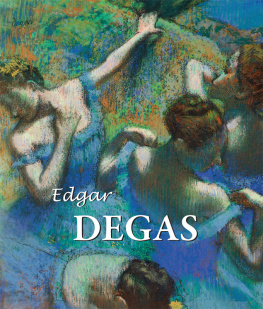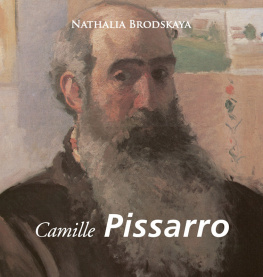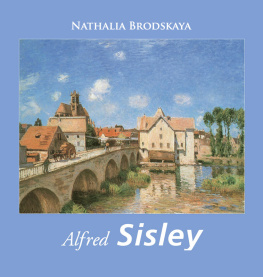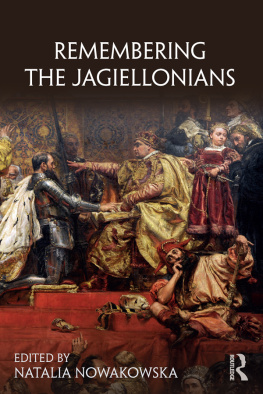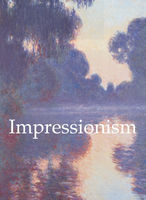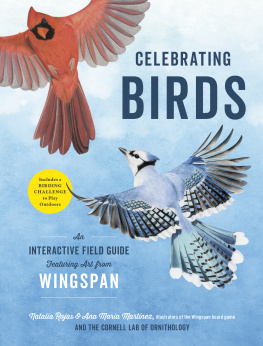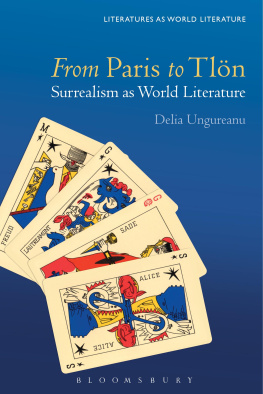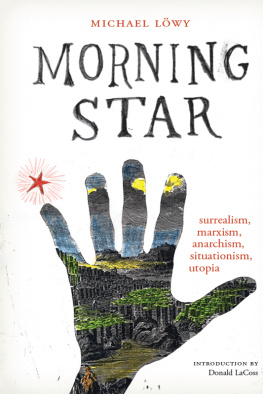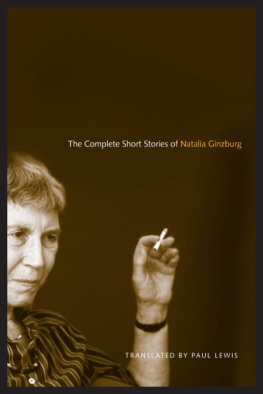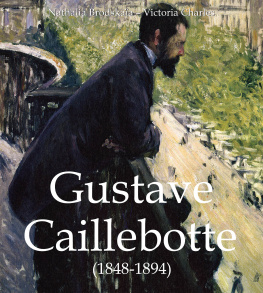Natalia Brodskaïa - Surrealism
Here you can read online Natalia Brodskaïa - Surrealism full text of the book (entire story) in english for free. Download pdf and epub, get meaning, cover and reviews about this ebook. publisher: Parkstone International, genre: Detective and thriller. Description of the work, (preface) as well as reviews are available. Best literature library LitArk.com created for fans of good reading and offers a wide selection of genres:
Romance novel
Science fiction
Adventure
Detective
Science
History
Home and family
Prose
Art
Politics
Computer
Non-fiction
Religion
Business
Children
Humor
Choose a favorite category and find really read worthwhile books. Enjoy immersion in the world of imagination, feel the emotions of the characters or learn something new for yourself, make an fascinating discovery.
- Book:Surrealism
- Author:
- Publisher:Parkstone International
- Genre:
- Rating:5 / 5
- Favourites:Add to favourites
- Your mark:
- 100
- 1
- 2
- 3
- 4
- 5
Surrealism: summary, description and annotation
We offer to read an annotation, description, summary or preface (depends on what the author of the book "Surrealism" wrote himself). If you haven't found the necessary information about the book — write in the comments, we will try to find it.
Surrealism — read online for free the complete book (whole text) full work
Below is the text of the book, divided by pages. System saving the place of the last page read, allows you to conveniently read the book "Surrealism" online for free, without having to search again every time where you left off. Put a bookmark, and you can go to the page where you finished reading at any time.
Font size:
Interval:
Bookmark:
Author: Natalia Brodskaa
Layout:
Baseline Co. Ltd
Ho Chi Minh City, Vietnam
Confidential Concepts, worldwide, USA
Parkstone Press International, New York, USA
Image-Bar www.image-bar.com
Hans Arp Estate, Artists Rights Society (ARS), New York, USA/ VG Bild-Kunst, Bonn Art Peter Blume, Licensed by VAGA, New York, NY
Victor Brauner Estate, Artists Rights Society (ARS), New York, USA/ ADAGP, Paris
Andr Breton Estate, Artists Rights Society (ARS)/ ADAGP, Paris
Leonora Carrington Estate, Artists Rights Society (ARS), New York, USA
Federico Castellon
Georgio de Chirico Estate, Artists Rights Society (ARS), New York, USA/ SIAE, Roma
Salvador Dal, Gala-Salvador Dal Foundation/ Artists Rights Society (ARS), New York, USA
Paul Delvaux Estate, Artists Rights Society (ARS), New York, USA/ SABAM, Brussels
scar Domnguez Estate, Artists Rights Society (ARS), New York, USA /ADAGP, Paris
Max Ernst Estate, Artists Rights Society (ARS), New York, USA/ ADAGP, Paris
Hannah Hch Estate, Artists Rights Society (ARS), New York, USA /VG Bild-Kunst, Bonn
Jacques Hrold Estate, Artists Rights Society (ARS), New York, USA / ADAGP, Paris
Wilfredo Lam Estate Artists Rights Society (ARS), New York, USA / ADAGP, Paris
Jacqueline Lamba Estate Artists Rights Society (ARS), New York, USA / ADAGP, Paris
Succession Ren Magritte/ Artists Rights Society (ARS), New York, USA/ ADAGP, Paris/ C. Herscovici, Brussels/ Artists Rights Society (ARS), New York, USA
Man Ray Estate, Artists Rights Society (ARS), New York, USA / ADAGP, Paris
George Marinko
Andr Masson Estate, Artists Rights Society (ARS), New York, USA/ ADAGP, Paris
Joan Mir Estate, Artists Rights Society (ARS), New York, USA/ ADAGP, Paris
Roland Penrose, England. All rights reserved
Francis Picabia Estate, Artists Rights Society (ARS), New York, USA/ ADAGP, Paris
Kay Sage
Jindrich Styrsky
Yves Tanguy Estate, Artists Rights Society (ARS), New York, USA/ ADAGP, Paris
Estate Remedios Varo, Artists Rights Society (ARS), New York, USA / VEGAP, Madrid
All rights reserved
No part of this publication may be reproduced or adapted without the permission of the copyright holder, throughout the world. Unless otherwise specified, copyrights on the works reproduced lie with the respective photographers. Despite intensive research, it has not always been possible to establish copyright ownership. Where this is the case we would appreciate notification.
ISBN: 978-1-68325-473-7
Natalia Brodskaa
Surrealism

Contents
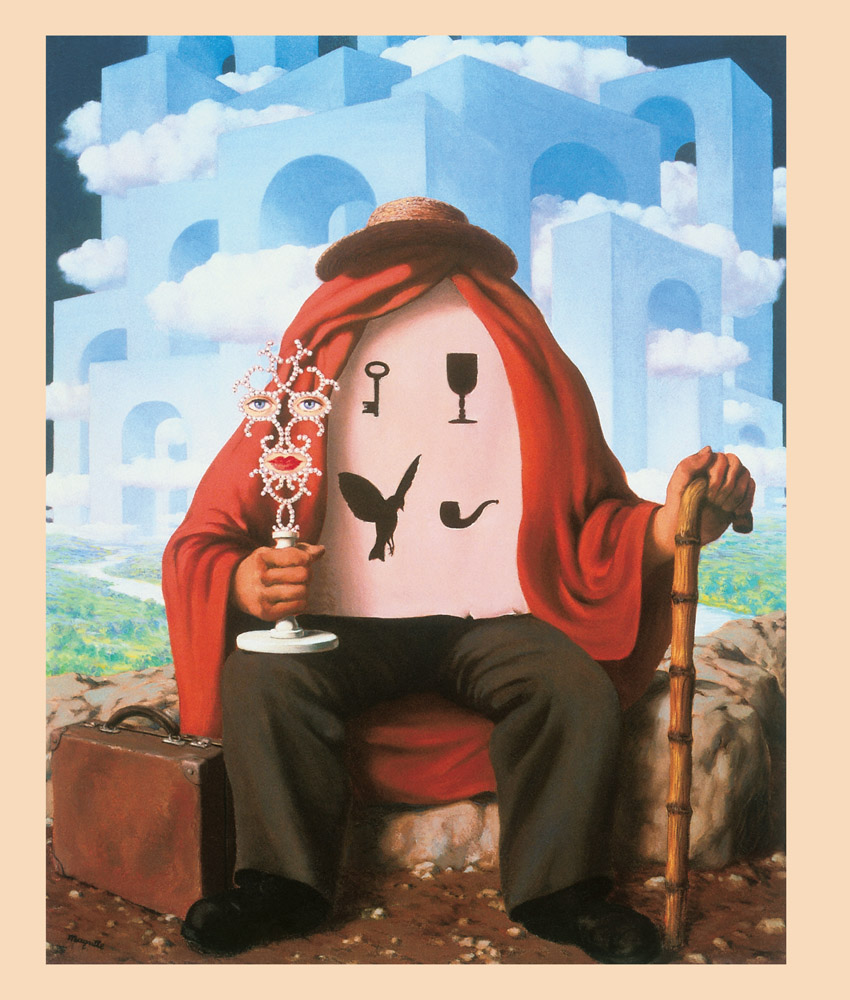
Ren Magritte, The Liberator, 1947. Oil on canvas, 99.1 x 78.7 cm. Los Angeles County Museum of Art, Los Angeles.
Giorgio De Chirico: The Catalyst Of Surrealism
The history of Surrealism maintains a beautiful legend. After a long voyage, a sailor returned to Paris. His name was Yves Tanguy. As he was riding in a bus along the Rue La Botie, he saw a picture in the window of one of the numerous art galleries. It depicted a nude male torso against the background of a dark, phantasmal city. On a table lays a book, but the man is not looking at it. His eyes are closed. Yves Tanguy jumped out of the bus while it was still in motion and went up to the window to examine the strange picture. It was called The Childs Brain, and was painted by the Italian Giorgio de Chirico. The encounter with the picture determined the sailors fate. Tanguy stayed on shore for good and became an artist, although until then he had never held either a pencil or a paintbrush in his hands.
This story took place in 1923, a year before the poet and psychiatrist Andr Breton published the Surrealist Manifesto in Paris. Like any legend, it does not claim to be exact in its details. One thing cannot be doubted: Giorgio de Chiricos painting produced such an unforgettable impression that it became one of the sources of the art of Surrealism as it began to develop after World War I. The Childs Brain had a wonderful effect on someone else besides Yves Tanguy, Andr Breton later recalled:
Riding along the Rue La Botie in a bus past the window of the old Paul Guillaume Gallery, where it was on display, I stood up like a jack-in-the-box so I could get off and examine it close up. For a long time I could not stop thinking about it and from then on I did not have any peace until I was able to acquire it. Some years later, on the occasion of a general exhibition of de Chirico [paintings], this painting returned from my home to where it had been before (the window of Paul Guillaume), and someone else who was going that way on the bus gave himself up to exactly the same impulse, which is exactly the reaction it still provokes in me all this time after our first encounter, now that I have it again on my wall. The man was Yves Tanguy.
The consistency and details of the events are not as important as the basic fact that de Chiricos pictures had an unusual effect on the future Surrealists. The artists themselves guessed at its reasons. However, explanation became possible only with the passage of time, once the painting of European Surrealists had become an artistic legacy, and when the time arrived to render an account of it and interpret its language. The closed eyes of de Chiricos figure were associated with the call of the Romantics and Symbolists to see the world not with the physical but with the inner eye, and to rise above crude reality. At the same time, the artist depicted his figure with a prosaic naturalism. His typical-looking face, his protruding ears, fashionable moustache, and the sparse hairs on his chin, in combination with a body which is by no means unathletic but which has filled out a bit too much, are material and ordinary. The sense of mystery and abstraction from life that the painting carried within it is made frighteningly real by this contradiction.
De Chiricos metaphysical painting gave his contemporaries an example of the language of Surrealism. Later on, Salvador Dal defined it as the fixation in trompe loeil of images in dreams. Each of the Surrealists realised this principle in his own way; however, it is in this quality of their art, taken outside the bounds of realism, that Surrealism lies. Surrealism would never have occurred at any given moment had it not been for Giorgio de Chirico. Fate linked Giorgio de Chiricos life to the places and the landscapes which fed his imagination. He was born in 1888 in Greece, where his father built railways. His birthplace was the town of Volo, the capital of Thessaly, from which, according to legend, the Argonauts had set out on their quest for the Golden Fleece. For the whole of his life Giorgio de Chirico retained the vivid impression of the Classical architecture of Athens.
There are recollections of Classical architecture and of the sculpture of ancient Greece in almost every one of his paintings. In Greece he received his first lessons in drawing and painting. At the age of twelve, de Chirico began to study at the Acadmie des Beaux-Arts in Athens. At the age of sixteen, after the death of his father, he left for Italy with his mother and brother. De Chirico then discovered the wonderful Italian cities in which the spirit of the Middle Ages still survived Turin, Milan, Florence, Venice and Verona. Together with his memories of Greece, these cities lay at the basis of his own private world, the one that he created in his painting. Later, he spent two years in Munich where he studied not only painting, but also classical German philosophy. Schopenhauer wrote:
Font size:
Interval:
Bookmark:
Similar books «Surrealism»
Look at similar books to Surrealism. We have selected literature similar in name and meaning in the hope of providing readers with more options to find new, interesting, not yet read works.
Discussion, reviews of the book Surrealism and just readers' own opinions. Leave your comments, write what you think about the work, its meaning or the main characters. Specify what exactly you liked and what you didn't like, and why you think so.

